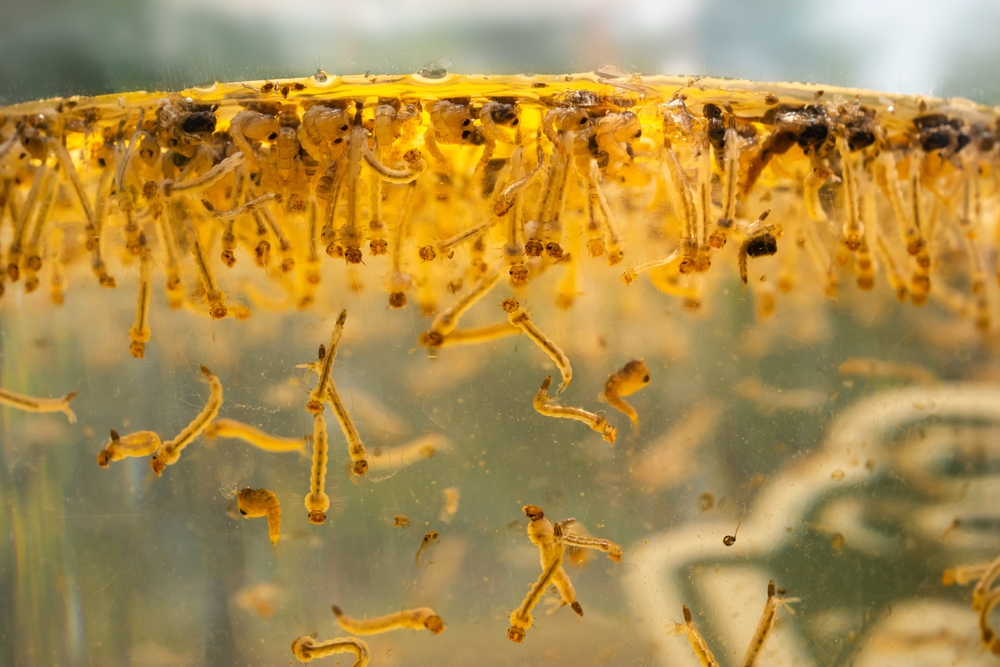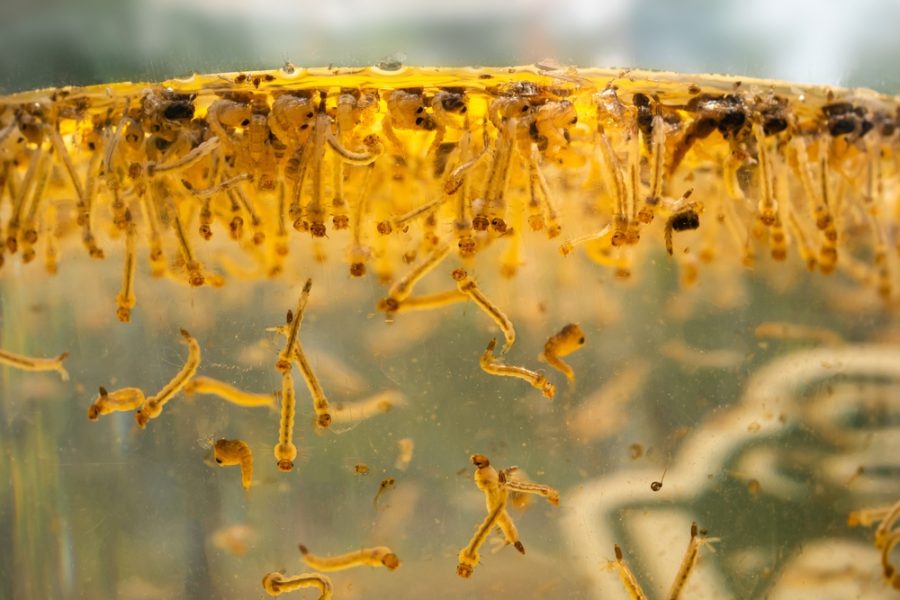Hong Kong is considering adopting the biological control strategies used in Foshan to combat the spread of chikungunya fever, Hong Kong-based media report. This comes as the city confirms 6 imported cases between 2 and 12 August.
Tse Chin-wan, the environment secretary, has said the SAR’s government was open to exploring the release of so-called “elephant mosquitoes” – a lab-bred species that preys on the larvae of other mosquitoes and does not feed on blood – as well as other biological methods. These strategies have been deployed successfully in Foshan, considered the epicentre of Guangdong’s current chikungunya outbreak.
The province has recorded more than 8,000 new chikungunya cases over the past three weeks. State media has reported that the outbreak is now under control thanks to a multi-pronged attack featuring drones, insecticides, larva-eating fish, nets that cover drains, the aforementioned predatory mosquitos, and fines for those who fail to remove stagnant water – where mosquitoes breed – from their premises
[See more: Here’s what to know about chikungunya fever, the disease that’s sweeping Guangdong]
At a meeting on Tuesday, Tse said the government was already studying Foshan’s strategies and “hoping to start a trial.” However, he cautioned that deploying biological controls in Hong Kong would require time to assess their effectiveness and suitability for the city, particularly around the potential environmental impact of introducing non-native species to its ecosystem.
Tse also noted that the government was working on ways to make mosquitoes less likely to carry chikungunya or dengue fever, but said that process would not be finished until next year at the earliest.
Chikungunya fever is transmitted via bites from infected Aedes mosquitoes and cannot be spread between humans. Health experts stress the importance of eliminating stagnant water, using insect repellent, and preventing mosquito bites – particularly for travellers in affected areas. Symptoms of chikungunya include joint pain, fever, rashes and swelling.






